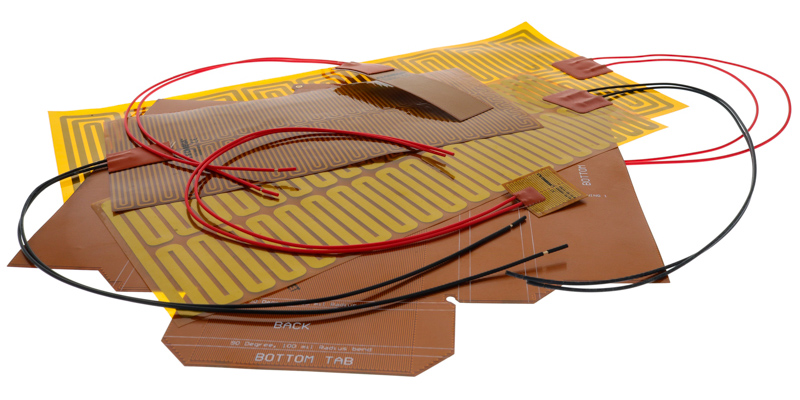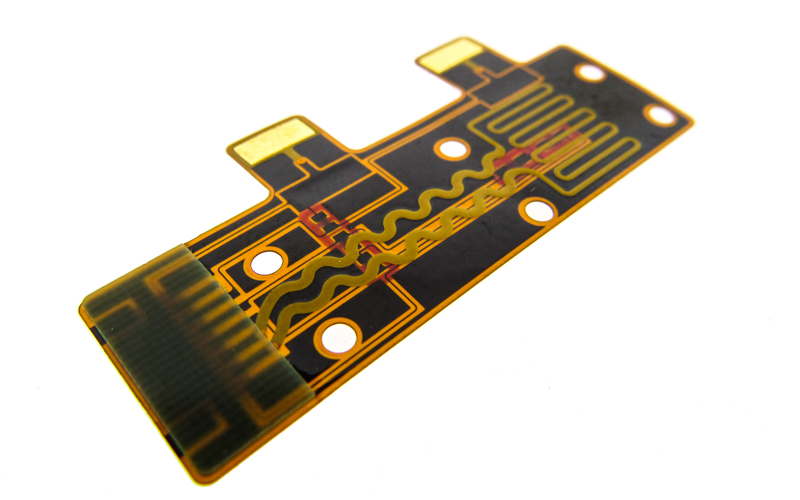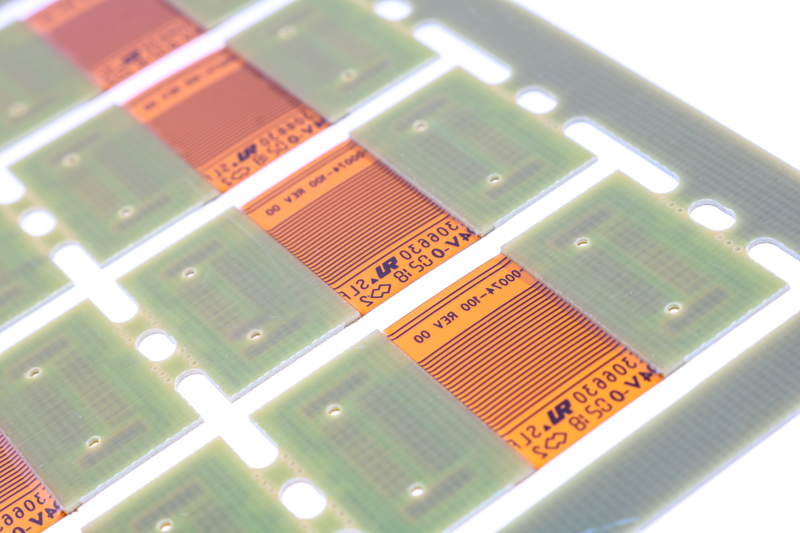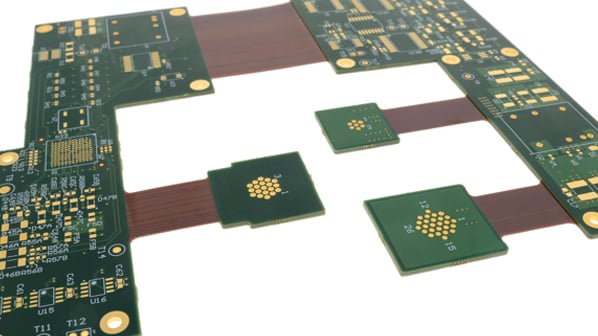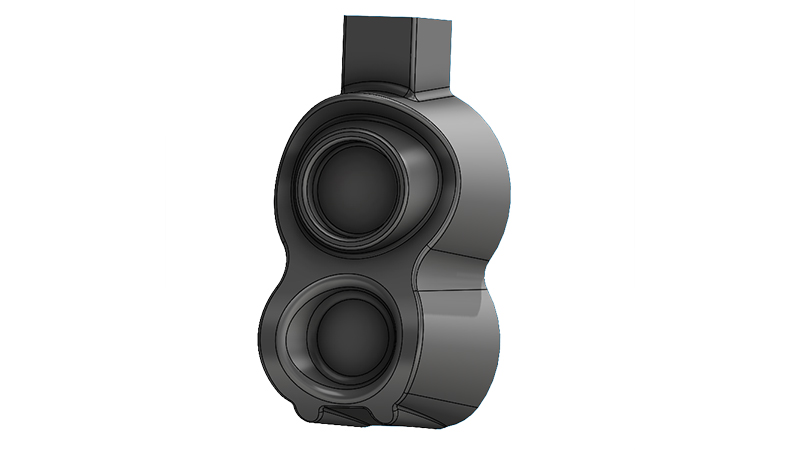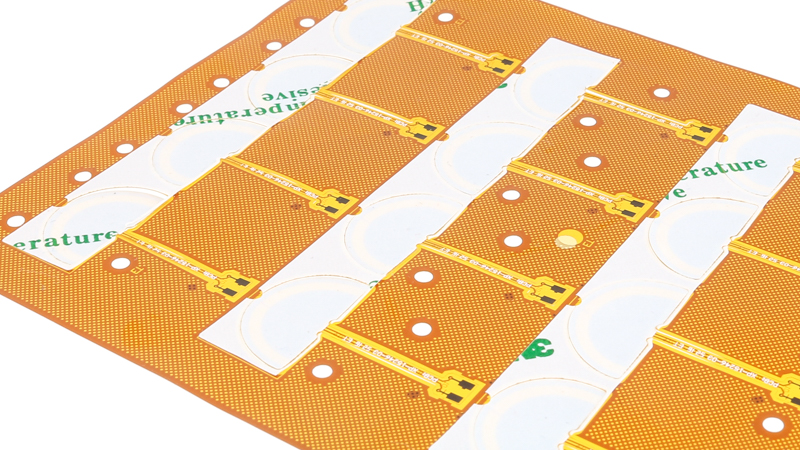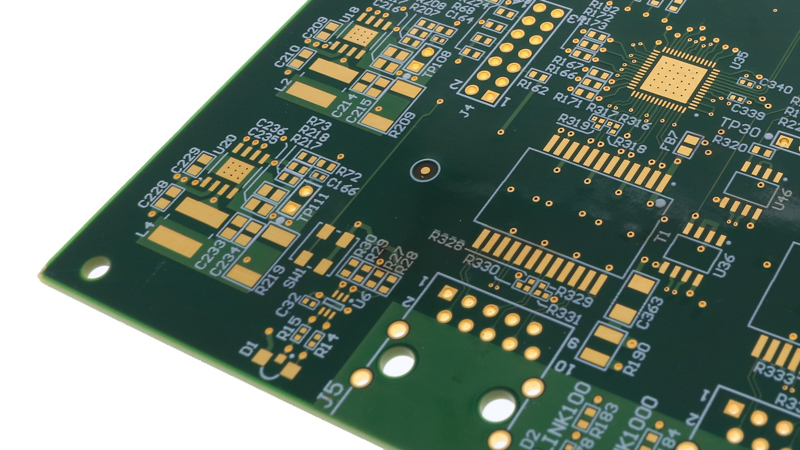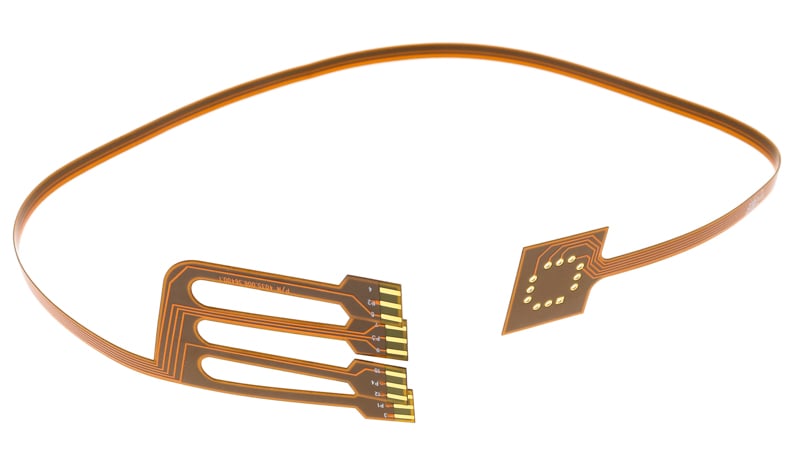A polyimide/Kapton® heater is a type of flexible heater made using a thin and lightweight polyimide film called Kapton® that was created by the DuPont company. It is a high-performance material that is resistant to high temperatures, chemicals, and radiation, making it ideal for use in heating applications where other materials would fail.
The most important, most critical, and among the most helpful of all documents for building and designing flex and rigid-flex circuits is IPC-6013.
A stiffener is defined as a piece of material adhered to a flexible printed circuit board that rigidizes one zone of the board. While a stiffener holds no electrical value to a PCB, it does maintain a crucial part of most flexible PCBs in the market by hardening that portion of the board.
At first glance, the answer to the question “How many layers can a flexible circuit have before it can no longer bend?” sounds like a simple, black-and-white answer. However, this answer proves to be more complex than expected and involves a great deal of specifications before it can be answered.
At the conclusion of our webinar, Flex and Rigid-Flex PCBs: Technical Issues In Data Sets, we had several questions submitted to our presenter, Zachary Walker, Product Manager of Flex and Rigid-Flex Circuits at Epec. We have compiled these questions into a readable format on our blog.
As the 2023 U.S. holiday season rolls into full gear, it’s impossible not to also think about the 2024 Chinese New Year (CNY). Maybe it’s because the U.S. holidays are busy not only at work but personally as well, for many of us, and by the time we catch our breath, the CNY is already on top of us.
The two main categories of 3D modeling can be defined as solid modeling and surface modeling. Solid modeling consists of extruding and cutting away from solid geometric volumes. This is great for subtractive and additive manufacturing methods such as milling and 3D printing.
One of the key components in the stack-ups for flexible circuits is adhesives. From bonding coverlays to the surface to adhering stiffeners to rigidize the circuit to create additional use applications for the circuit, adhesives hold many possibilities and can add another dimension of complexity to flexible circuits.
As I think about the processing of multi-layered printed circuit boards (PCBs), I find it interesting that in the early 1980s, I wouldn’t have dreamed of where we are today in terms of technology. I mean, think about it. Where we are in comparison to then is simply phenomenal.
Applications that rely on printed circuit boards (PCBs) to control functions can experience difficulties when having operating components or when designed in slimmed or smaller sizes. Standard rigid circuit boards have to be made in specific sizes and dimensions, which can make it difficult when designing working components that could scrape against and damage the PCB.


